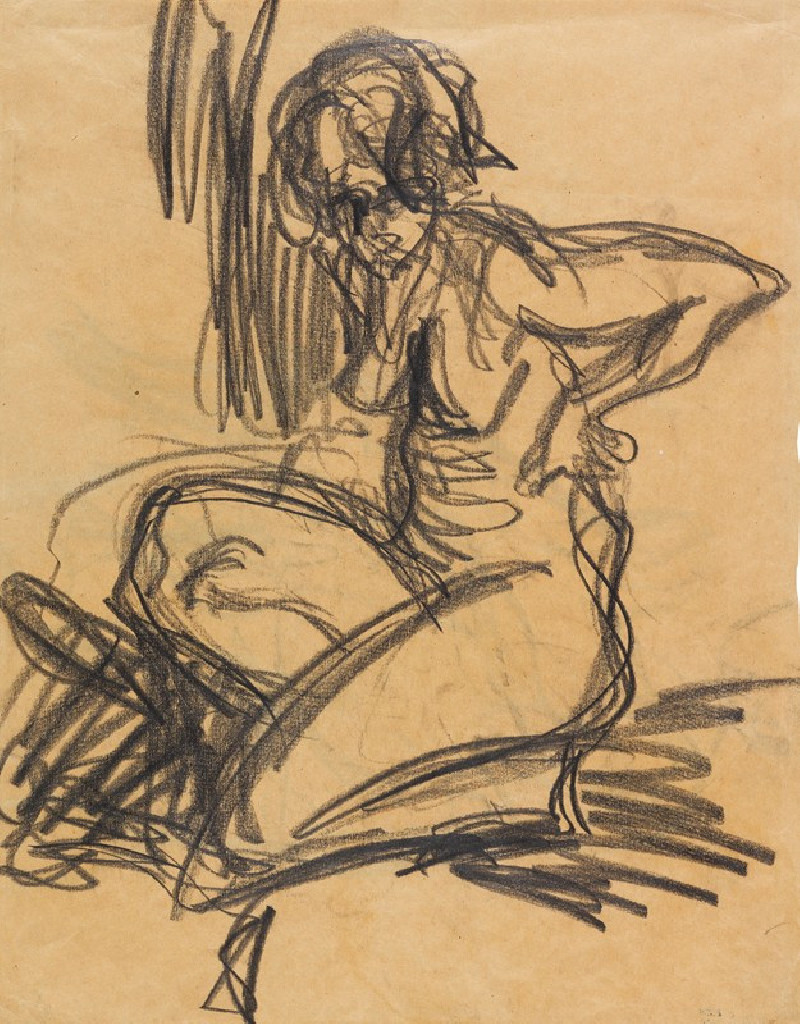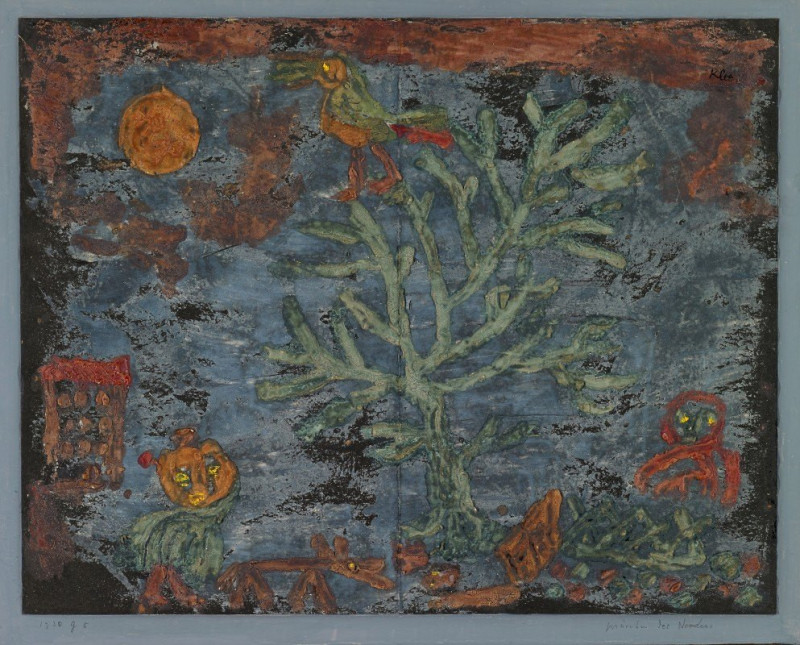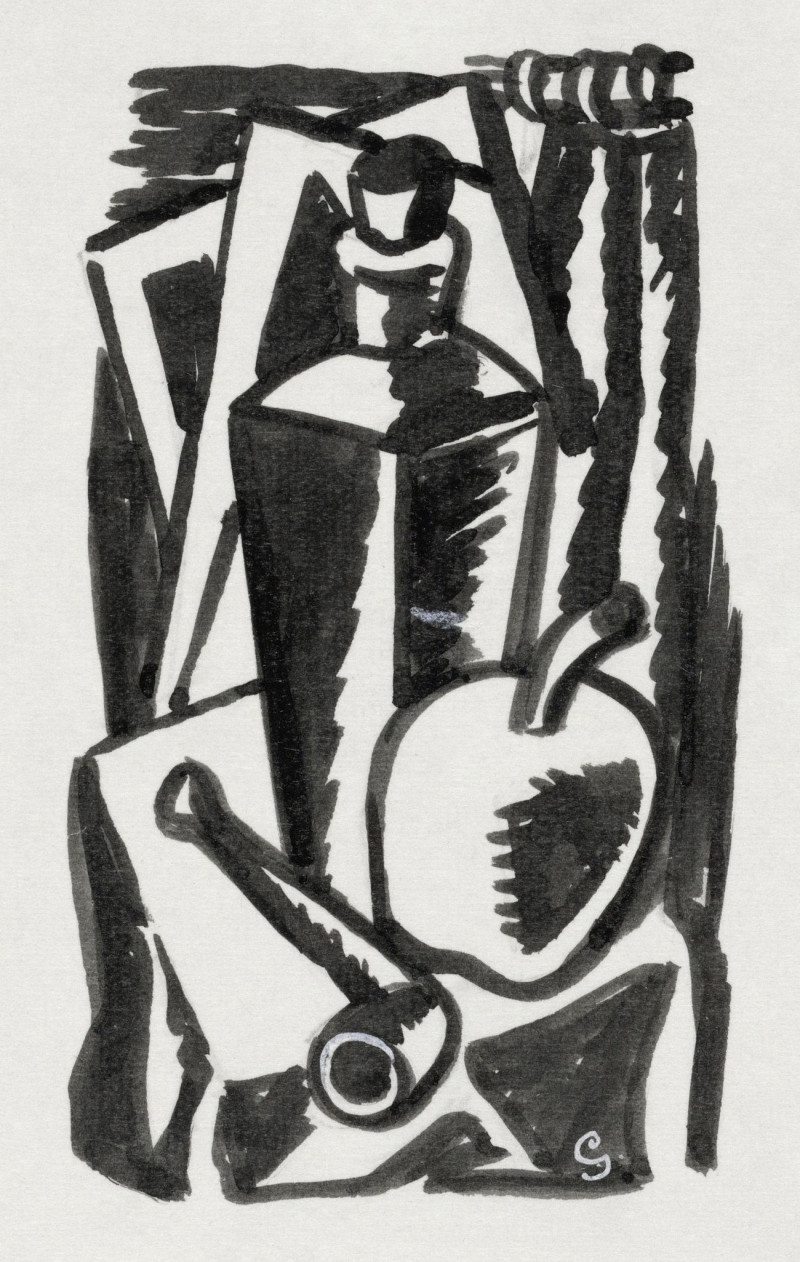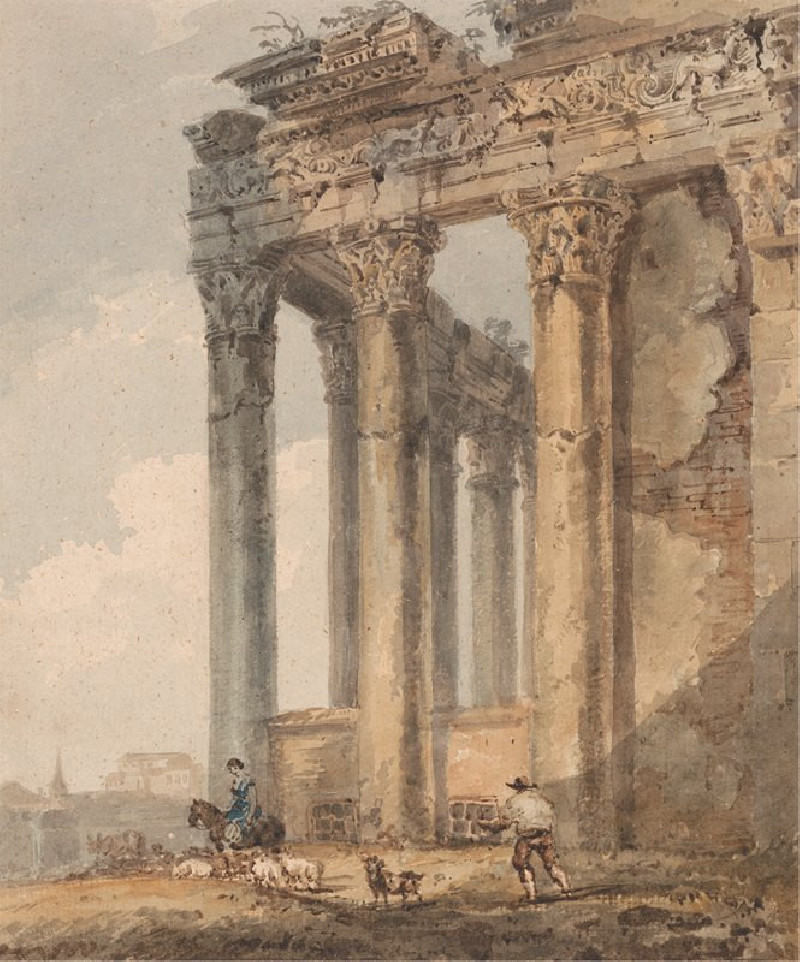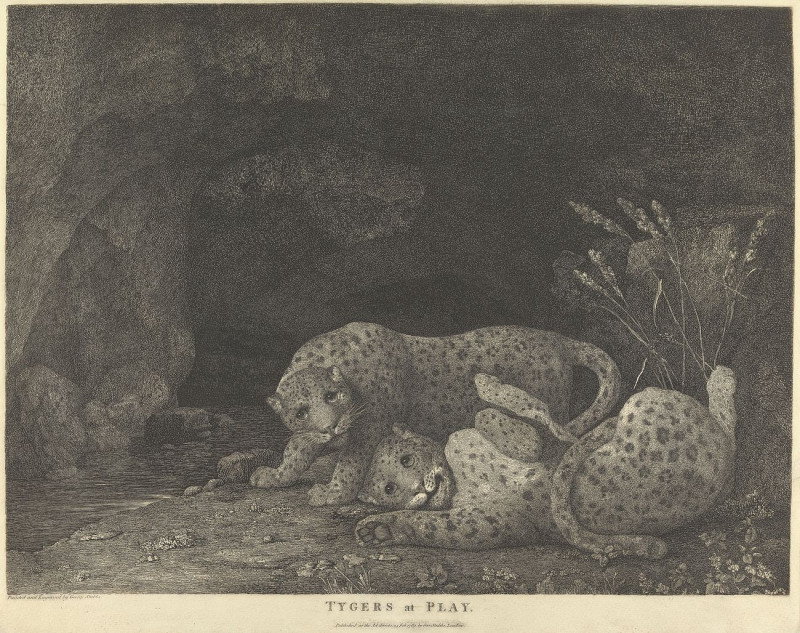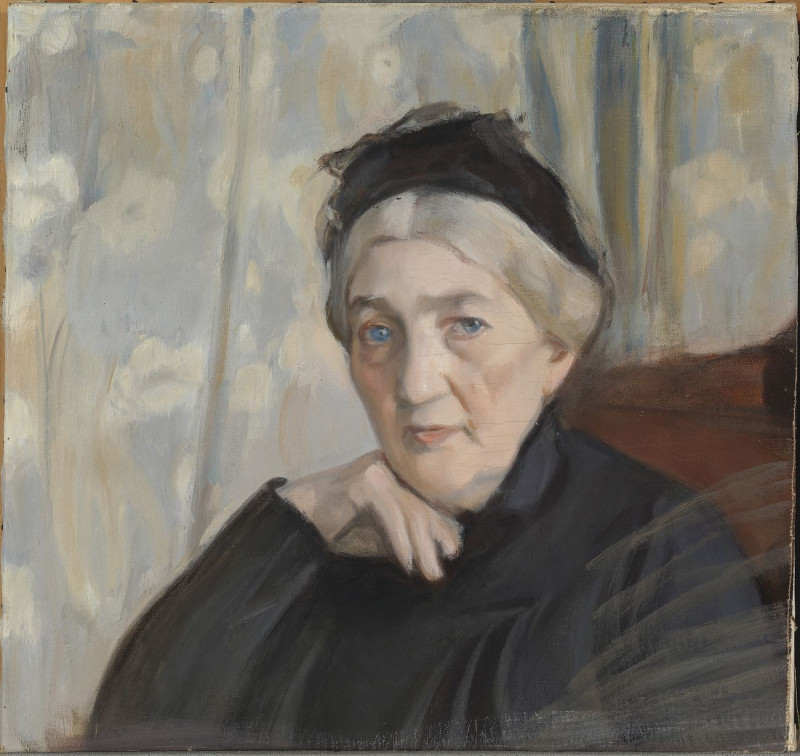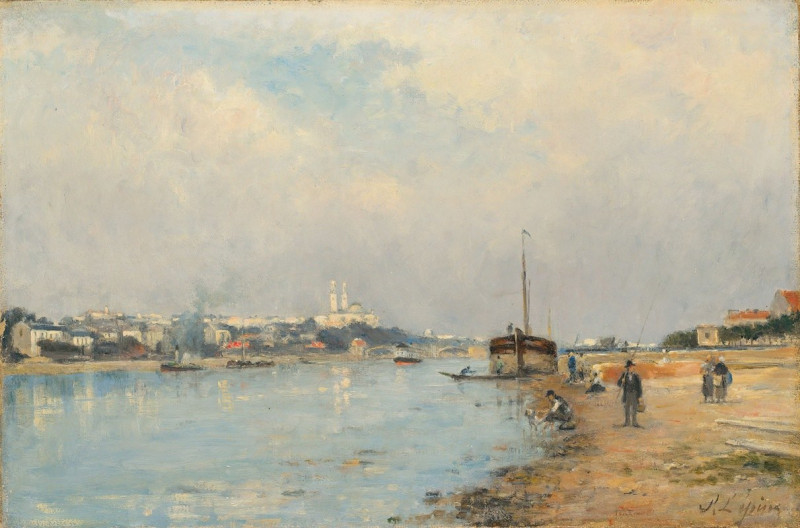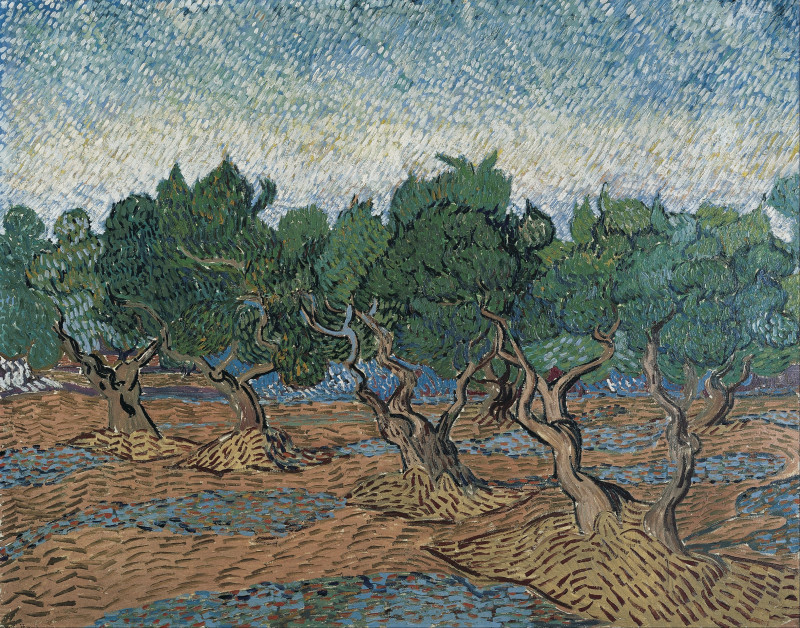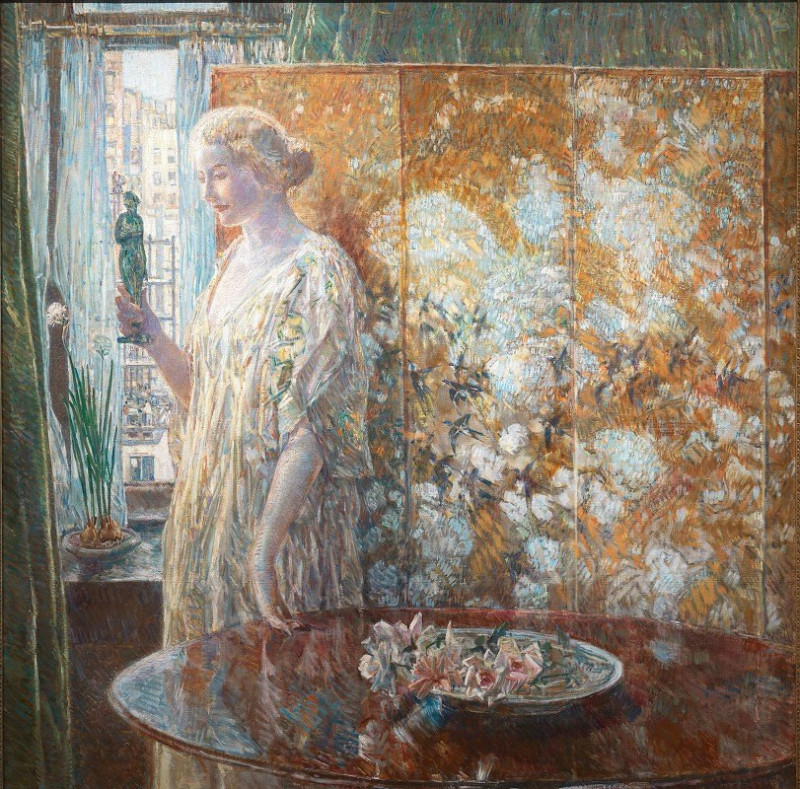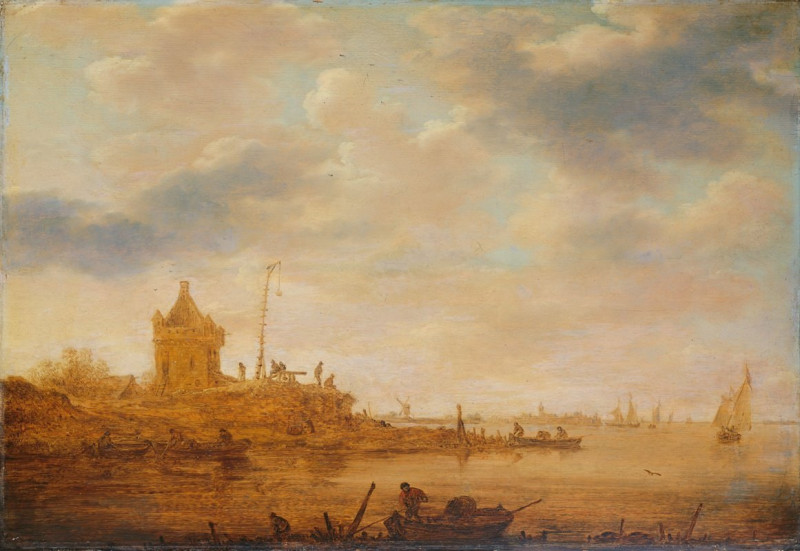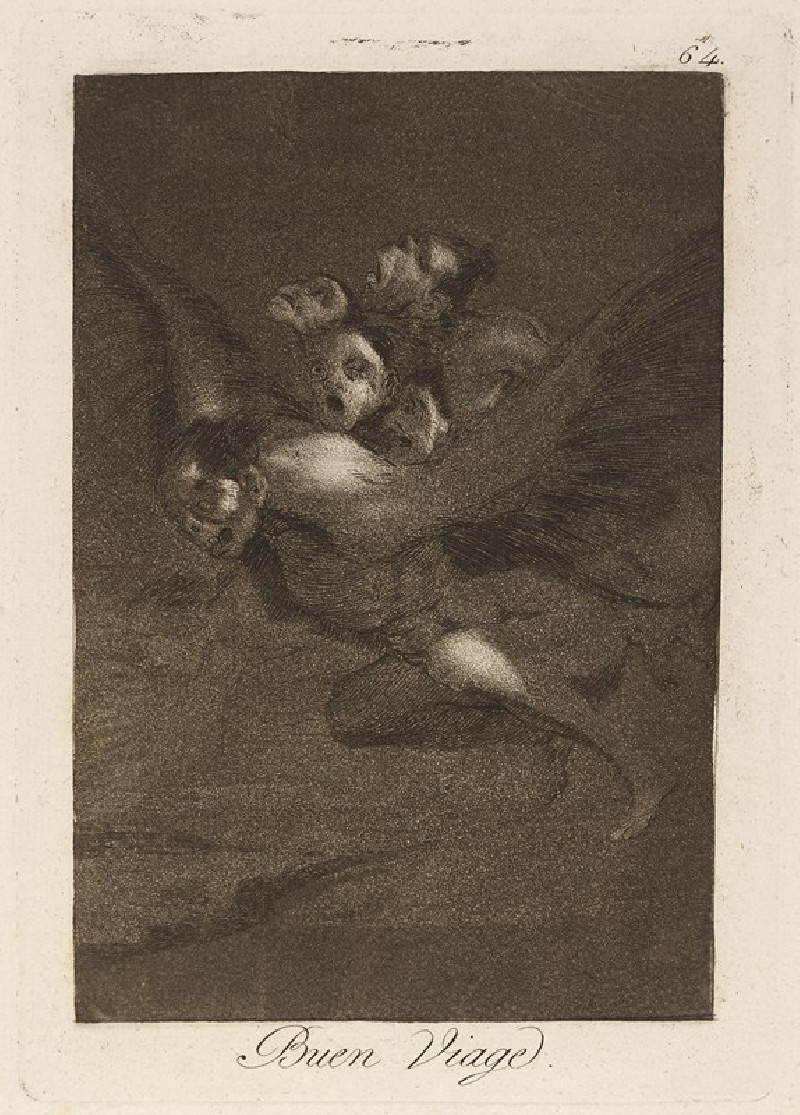Kniender Akt (1905)
Technique: Giclée quality print
Recommended by our customers
More about this artwork
Ernst Ludwig Kirchner's "Kniender Akt" (Kneeling Nude) from 1905 stands as a captivating example of the artist's early exploration into expressionism, an art movement characterized by its emphasis on the emotional and psychological over the representational. This powerful drawing, executed with bold, raw charcoal lines on a textured paper, captures the essence of human form through an expressive lens rather than exact anatomical accuracy.The composition features a figure in a kneeling position, evoking a sense of dynamic movement and emotional tension. The subject's posture and facial expression suggest introspection or melancholy, compelling viewers to ponder the thoughts and feelings captured within the moment. The use of charcoal, with its smudgy yet stark nature, enhances the feeling of immediacy and intimacy, drawing viewers directly into the emotional core of the artwork."Kniender Akt" serves not only as a portrait of a human figure but also as a testament to Kirchner's early innovative spirit within the German Expressionist movement. This piece illustrates his departure from traditional figure drawing towards a more evocative, less restrained style, marking a significant moment in his artistic journey.This artwork is a profound study of form and emotion, providing insight into the human condition while also highlighting Kirchner’s capacity to distill complex experiences into compelling visual forms.
Delivery
Returns
Ernst Ludwig Kirchner (1880–1938) was one of the most important German Expressionist painters. He was a co-founder of Die Brücke, a group of German expressionist artists formed in Dresden in 1905. Die Brücke and Kirchner took inspiration from Vincent Van Gogh and Edvard Munch, as well as African and Oceanic art. They used woodblock printing as a medium to showcase their signature style: flat, unrealistic images with vivid colors. The recurring themes in Kirchner's artworks included exotic cultures, faraway landscapes, self-portraits, dancers and Berlin street life. His paintings and prints effectively portrayed non-European cultures despite the fact that he never traveled outside of Europe.

